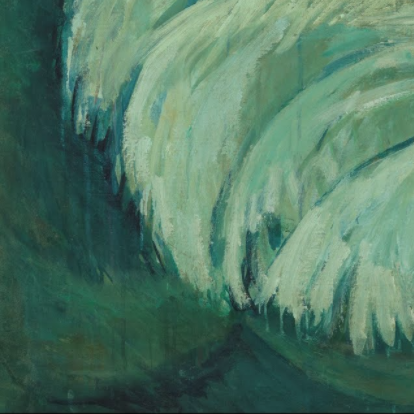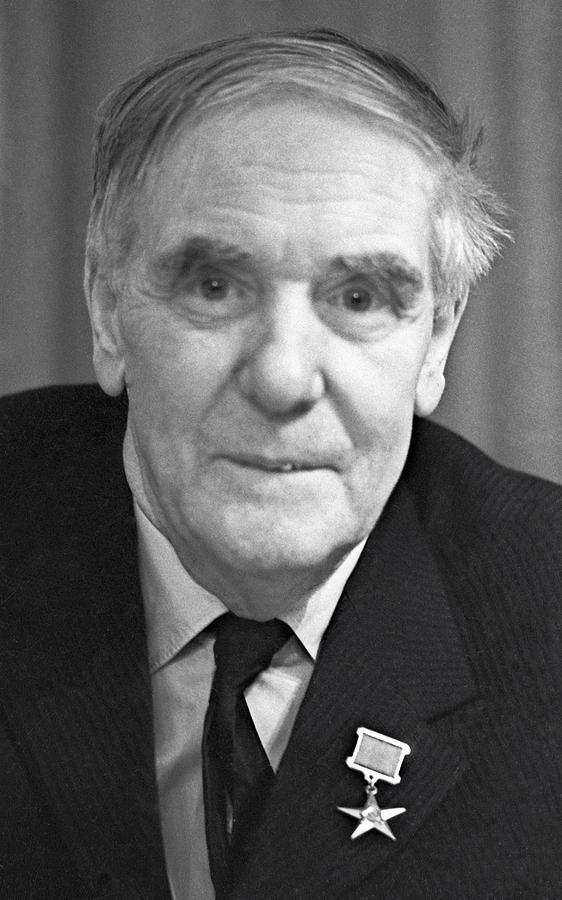Superfluidity

What it's about:
The strange propreties of liquid helium were observed after Kammerlingh Onnes liquefied helium for the very first time in 1900, but never explained. Kapitsa, is known for having coined the term "superfluid", and having described why helium has such strange propreties.
He was for a long time separated from his scientific apparatus when detained in Moscow, but was still able to explain how Helium atoms where able to climb out of a glass, or flow through ceramics.
In Numbers:
-
-271°C:Temperarture at which helium becomes a superfluid, 2,15 degrees from absolute zero.
Pyotr Kapitsa

Pyort Kapitsa was born near Leningrad on July 9th 1894. He was a student to Maxwell at Cambridge University (1923-1926). When he returned to moscow in 1934, his passport was taken to stop him from returning to England.
He nonetheless managed to have his apparatus brought to him in Russia, where he was engaged in production and usage of oxygen during the war. He founded the Institute for Physical Problems in Russia, where he invented many machines ranging from power microwave generators to liquefaction of air processes.
He obtained the Nobel Prize in 1978.
Where?
Discovery Description:
Kapista showed that close to absolute zero, helium stays liquid but shows suddenly no more viscosity. Kapitsa called it "superfluidity", a purely quantum phenomenon.
Related Topics:
Video:
Bertille Sionneau - Superfluide
Propreties:
-
Conductive:Liquid helium turn to gaz without boiling, due to its supraconductive propreties.
-
Viscosity:Liquid helium climbs surfaces due to the fact that it is not affected by friction (no viscosity). It goes up surfaces to regain hydrostatic equilibrium .
-
Wave:Close to absolute zero, all the liquid helium atoms behave as one quantum wave, and are thus able to go through ceramic containers.

